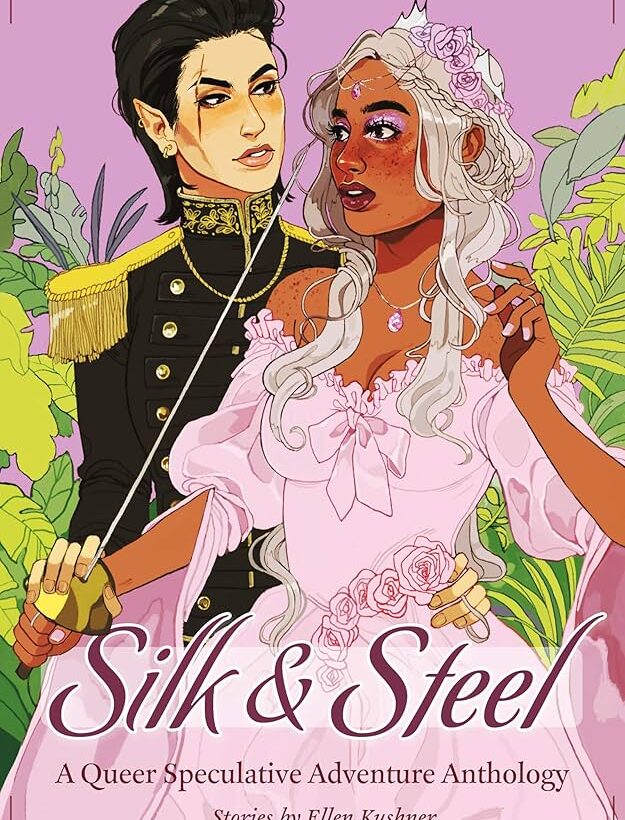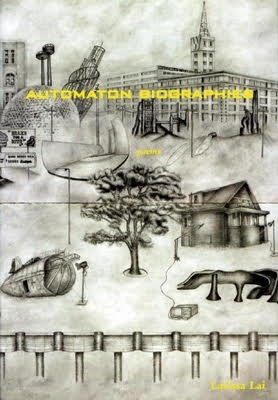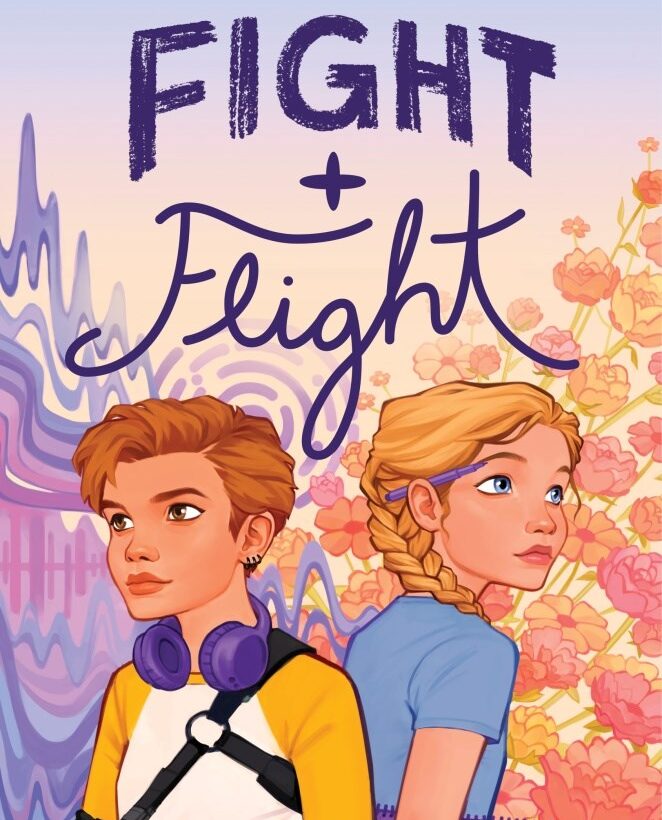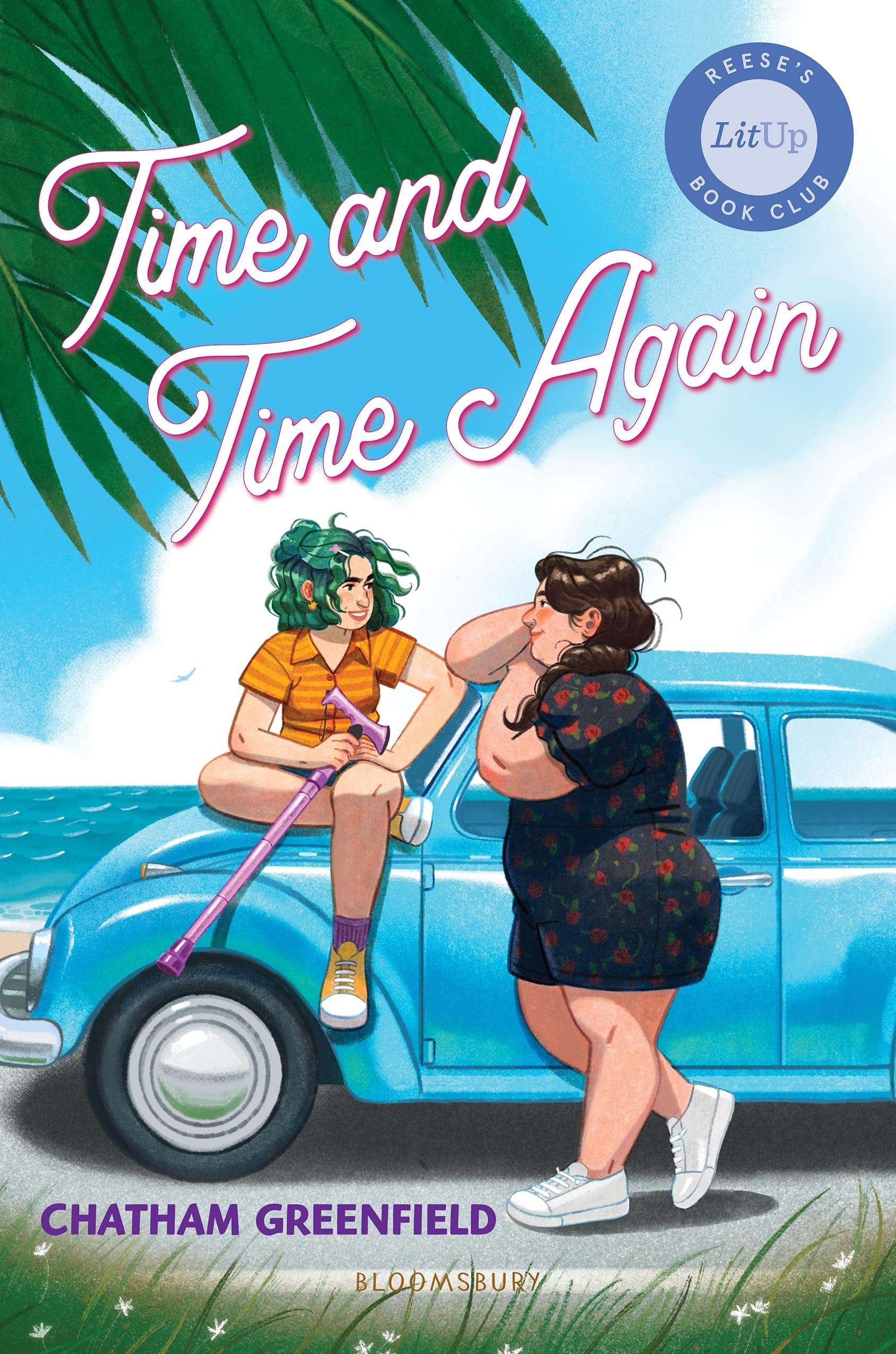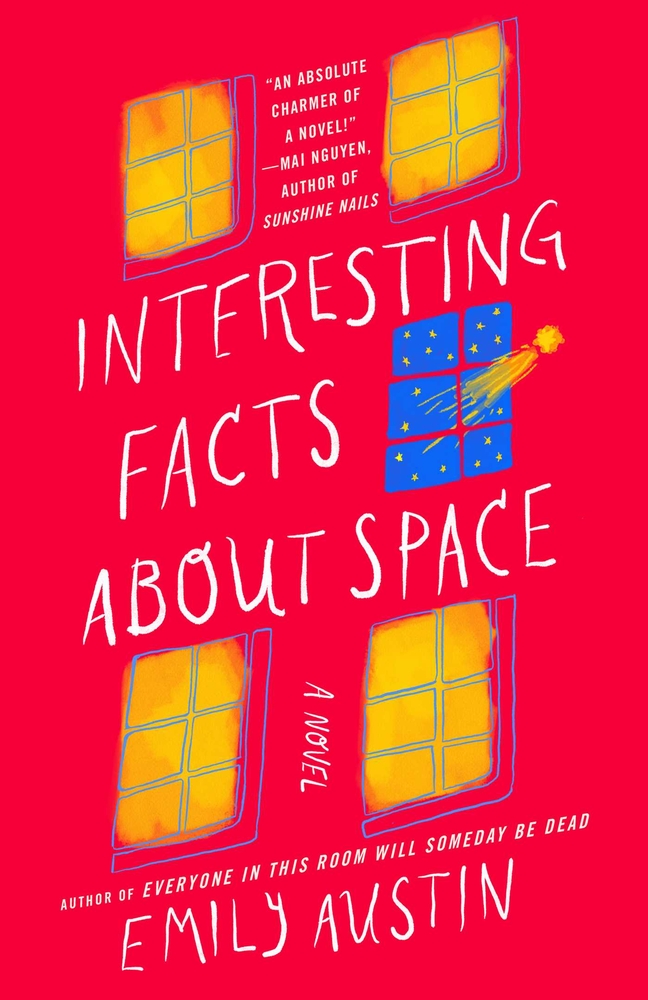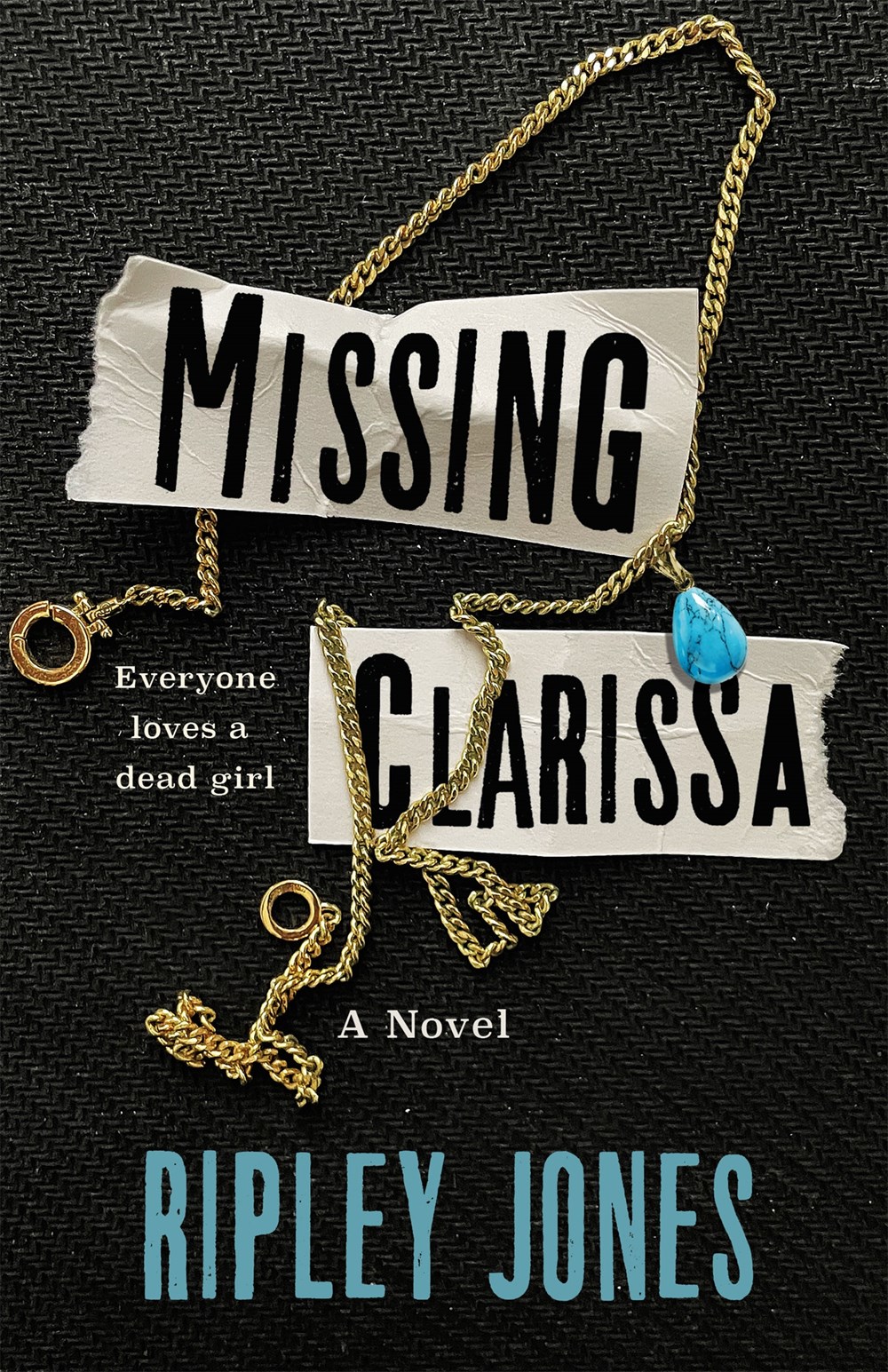This review is long overdue, considering how much I adore Silk and Steel: A Queer Speculative Adventure Anthology. Published in 2020 and edited by Janine A. Southard, this beautiful collection of seventeen stories contains “big names and bold new voices” (full author list in tags). The book features warriors and gentlewomen and centers queer women’s strength—andRead More
Must-Read Poetry Collections by Queer Women
It can be easy to feel overwhelmed during trying times, and to feel like you have less time/energy to sit down with a book and really immerse yourself in plot or nonfiction. I’ve personally always turned to poetry during periods like this, and in light of everything going on everywhere, these books have been particularlyRead More
Queer Friendship and Active Shooter Drills: Fight + Flight by Jules Machias
Trigger warnings: anxiety, panic attacks, bullying, grief, gun violence in schools Fight + Flight has two main characters, Avery and Sarah, who take turns narrating. They attend the same school and each begins the book interested in the other. Bold, active Avery is openly pansexual; she knows she has a crush. And, as a middle schoolRead More
A Disabled Jewish Lesbian Time Loop Story: Time and Time Again by Chatham Greenfield
I love a time loop story, so I had to pick up up this sapphic YA take on the trope—especially one with with fat and disabled characters on the cover! In the first chapter, Phoebe is living August 6th for the 26th time in a row. Every day is the same, and every day sheRead More
Sophomore Sapphic Novel Doesn’t Disappoint: Interesting Facts About Space by Emily Austin
Buy this from Bookshop.org to support local bookstores and the Lesbrary! Interesting Facts About Space by Emily Austin (she/her) is one of my new favorite books. Within the first few pages, Austin personified a tampon box, lamented the indignity of celebrating baby genitals (read: gender reveals), and made the astute, albeit morbid, observation that one of theRead More
Queer Joy at the IBD Support Group: The Year My Life Went Down the Toilet by Jake Maia Arlow
Buy this from Bookshop.org to support local bookstores and the Lesbrary! And you think you have a lot of crap to deal with! The Year My Life Went Down the Toilet by Jake Maia Arlow is the story of twelve-year-old Al Schneider, whose life is moving at far too fast a pace—and so are her intestines.Read More
More Than a Statistic: Every Variable of Us by Charles A. Bush
Buy this from Bookshop.org to support local bookstores and the Lesbrary! Alexis Duncan is a Black teenage girl from Philadelphia whose incredible basketball skills are her one ticket to receiving a scholarship and getting out of her poverty-stricken neighbourhood. However, after getting injured during a shooting at a high school party and being told sheRead More
Two Takes On Intersectional #MeToo YA Lit: What Works and What Doesn’t
Trigger warnings (apply to both books): sexual assault, grooming, minor instances of racism (mostly microaggressions) Trigger warnings (Missing Clarissa): kidnapping, gun violence Trigger warnings (For Girls Who Walk Through Fire): ableism, supernatural violence This past month, I read two books that struck me as remarkably similar. Both were multiple perspective YA books that dealt withRead More
A Blood-Drenched Queer Space Opera for the Ages: Redsight by Meredith Mooring
Buy this from Bookshop.org to support local bookstores and the Lesbrary! Better buckle up your buttered biscuits, because you’re in for one hell of a ride. Meredith Mooring’s debut novel Redsight, freshly published February 27, 2024, arrived studded with blurbs. The two that ultimately pulled me were: “The heretical, genre-defying daughter of Killing Eve and Dune,” (Kemi Ashing-Giwa) andRead More
Colonialism and Revolution in Fantasy France: The Faithless by C. L. Clark
Buy this from Bookshop.org to support local bookstores and the Lesbrary! When I finished The Unbroken by C. L. Clark, I wasn’t sure I was going to continue with the series. It was brilliant, yes: thought-provoking and gut-wrenching, with commentary on colonialism and a passionate, doomed F/F romantic subplot. The strengths of the book, though—theRead More
- 1
- 2
- 3
- 4
- Next Page »
